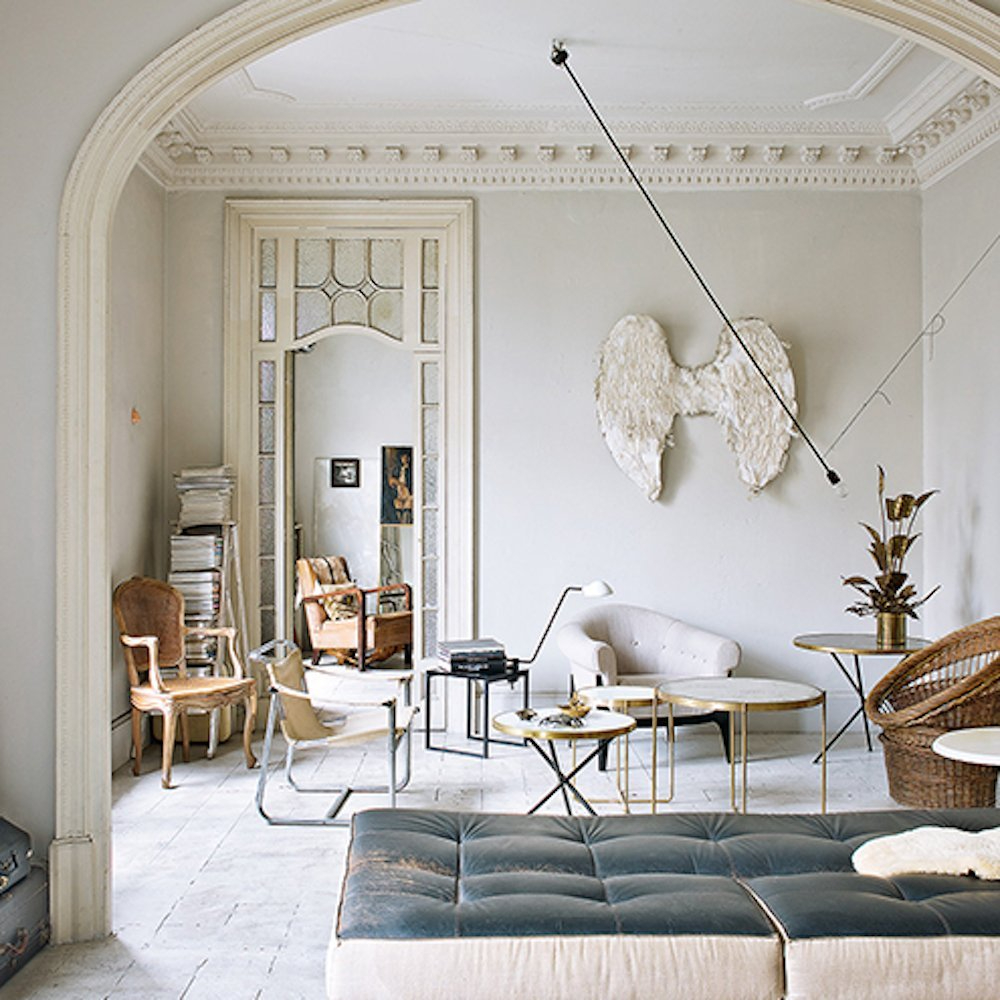
Shabby Chic – The Stunning Fusion of Old and New
Mixing and matching beautiful, high-end, luxury items with old, found, rustic antiques and even junk items might not seem like the most intuitive interior design strategy. But the term shabby chic was borne out of the fact that, no matter how self-contradictory such combinations are, they somehow just make for stunning homes.
Boho beginnings
The shabby chic style is very much drawn from boho, which takes its influence from multiple global sources, flamboyantly throwing together items in a carefree manner to create opulent interiors that are as much shrines to world travel as they are lifestyle facilities.
But, whilst it enthusiastically takes up the mantle of free choice established by the bohemian style, shabby chic is neither bound by the demands of world travel, nor is it necessarily opulent. Which makes it a whole lot more achievable simply by knowing how to shop.
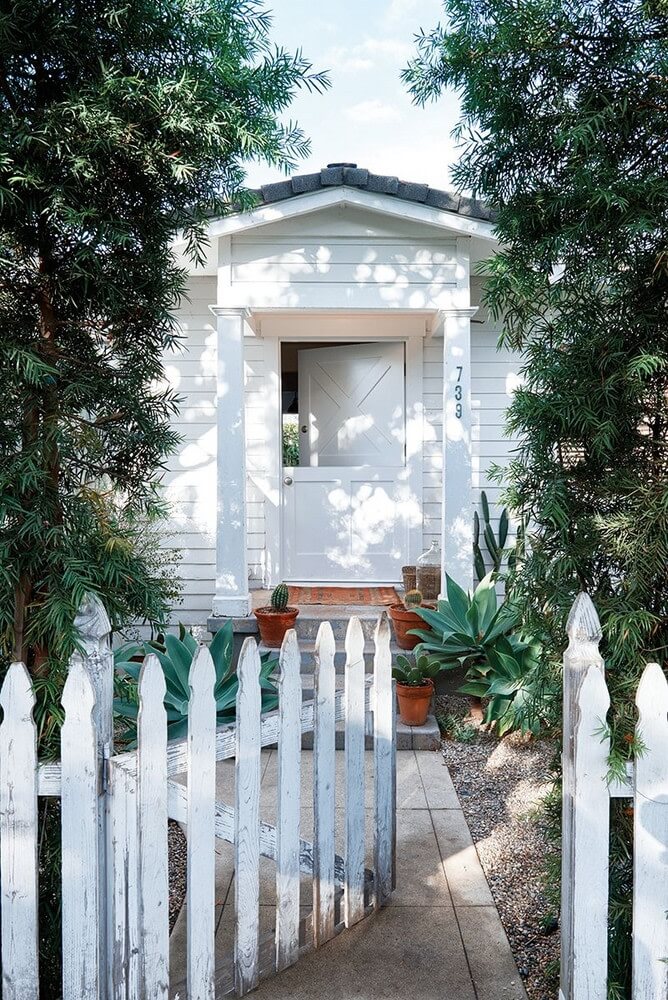
Designer Lily Ashwell’s Venice Beach home
Finding the right building
It all starts with buying the perfect property for development. Which, in essence, means the older the better – and that doesn’t necessarily mean a beautiful-but-knackered old Georgian townhouse with ‘good bones’ (though, you know… if you’re lucky enough to find one…)
No, it doesn’t matter whether it’s a disused warehouse, a deconsecrated church, an old fire station or even a former public lavatory (the tiles, darling, the tiles!), when it comes to indulging your love for shabby chic in purchasing a property, adaptive re-use is the way to go.
It’s the unexpected, Modernist aesthetic clash of low-level cultural artefacts with high-end luxury lifestyle that provides the jaw-dropping sense of awe you get from a beautifully realised industrial building repurposed as a residential property.
Historic features like those exposed, old brass pipes, which would have been hidden away were the building to have been designed as a home in the first place, are, in the case of an adaptive reuse project, an express ticket to shabby chic perfection.
That red concrete floor, designed to stand the test of industrial machinery and the coming-and-going of hundreds of work-boot-wearing, heavy-footed factory workers may well have been designed for nothing more than its utilitarian qualities. But, in the world of shabby chic, it is the perfect canvas upon which to splash example after glamorous example of your individuality and taste.
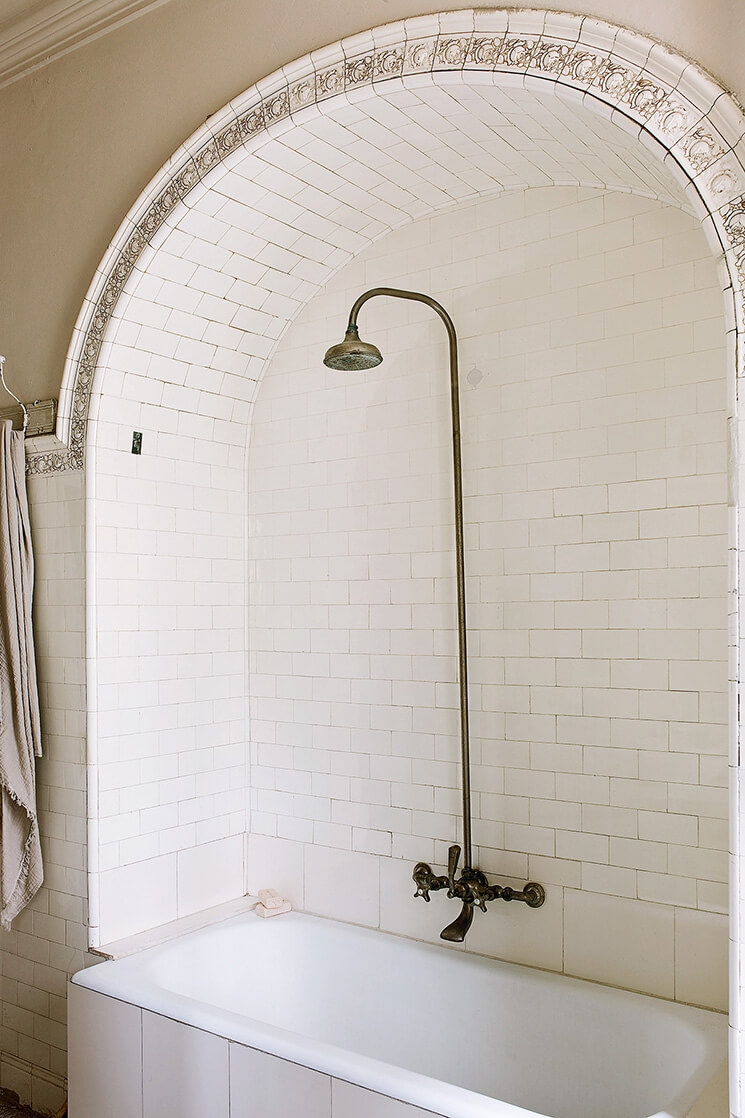
Shabby flat in Barcelona
Maintaining original features
Once you’ve found the perfect building upon which to unleash your shabby chic fantasy, rule number one to your renovation project is this:
Don’t renovate! Remodel.
Renovation – the process of out-with-the-old, in-with-the-new – is the surest way to limit your shabby chic plans before they even get off the ground. You’re looking to take the beauty of those original features that attracted you to the building in the first place and embellish them with new elements that will emphasise their character.
Leave those old iron window frames in place. Don’t touch that beautiful wavy yellow glass in the windows of the hallway door. And keep your paws off those concrete floors! It’s what you bring to those elements that will give them the lovely shabby chic qualities you’re after.
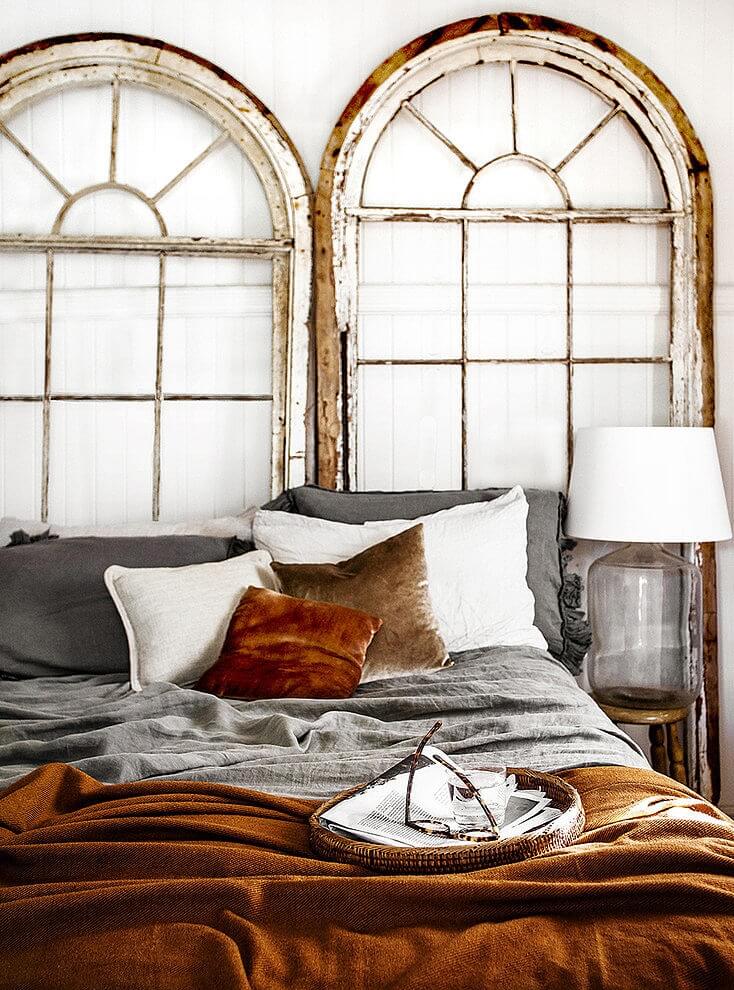
Kara Rosenlund shabby-chic Design style
Balancing antique and new furniture
Beyond finding the right kind of building, designing your shabby chic interior begins with finding furniture that delicately balances old and new. And we mean delicately. A 52” plasma TV sitting above a dusty old Axminster pub carpet, for instance, is certainly some kind of fusion, but it’s definitely not shabby chic.
No, what you’re looking to achieve, rather, is the sense that, whilst you’re very much connected to, respectful of and passionate about design history, you’re simultaneously served by the hygienic functionality of the contemporary.
The easiest way to do that is to incorporate luxury, high-end, brand new active fixtures and fittings (those you have to manipulate to use) – showers, ovens, fridge-freezers, bathtubs, etc. – amidst an array of antiquity. So, brand new Aga oven; second-hand 19th Century farm dining table… Old bus station lavatory tiles; brand new Corian bathtub…
Don’t, however, think of shabby chic as simply being about new furniture with old ornaments. A sofa may well be something you use every day and is not purely decorative, yet its hygienic impact on your sense of wellbeing isn’t so fundamental, so – in that instance – you can go antique.
In terms of functionality, the thing to ask yourself is, “which elements of my daily life would be positively (aesthetically) impacted by antiques and which elements would be negatively impacted by them?” That will give you a broad guide as to how to find the right balance.
Shopping for ornaments
One of the most fun aspects of decorating a shabby chic interior is that you can find inspiration in the strangest and funkiest of places.
Hit up every antiques and crafts fair within a 50-mile radius. Dig around in the charity shops for weird and wonderful artefacts that both express your individuality and complement the Modernist cool of your living environment. Flea markets, car boot sales, yard sales – these are your friends. Explore them to your heart’s content.
When it comes to artwork, beware pre-Modernist works of art as they can have the effect of making your home look like an assisted living environment, if you’re not careful. Better to go for a bit of art brut, painted by an outlandish amateur than a pastoral watercolour any day of the week. Folk art, on the other hand, which might stretch back all the way to the 16th Century, will give your home a sense of antique charm that’s perfectly offset by your high-end fixtures and fittings.
As far as paintings go, the rules are quite straightforward for shabby chic – no plastic frames, no prints of famous works of art, no landscapes. Go handmade, go original, go abstract (or weird), go unique.
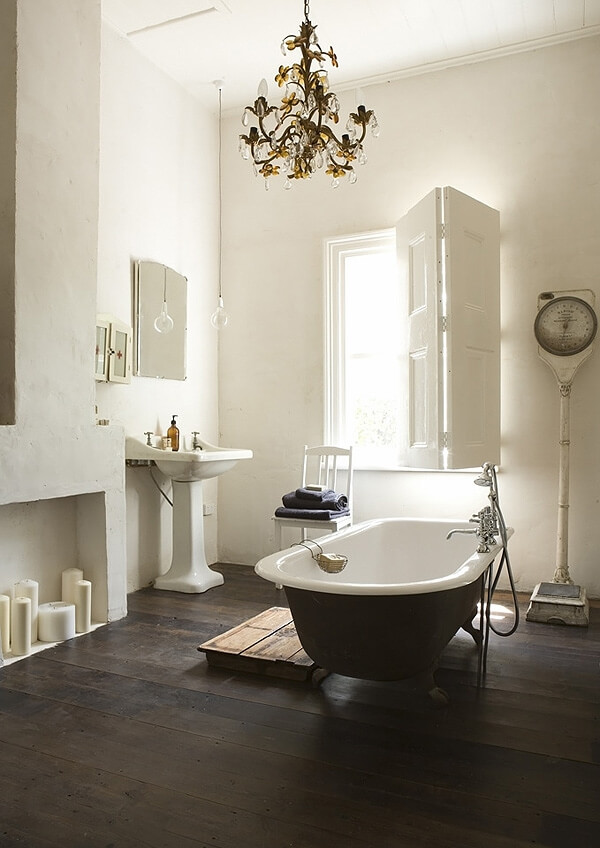
Lynda Gardener White House Bathroom
The financial benefits of shabby chic
Not that it’s the primary concern of the discerning aesthete, but there is certainly one financial benefit of the shabby chic model of interior design:
The less you spend on the bones of the building and the ornamentation within, the more you can spend on the fixtures and fittings. In other words, you can have a seriously luxurious impact for much lower total remodelling spend.
Your bare concrete walls still have a little of the old William Morris wallpaper stuck to them? Just leave it as it is! There’s a sign in the yard that reads, ‘Joe’s Carpets’? All the better! As soon as you set that Eames lounge chair and ottoman in the middle of the living room, it’s going to take on a whole different aspect.
Which is what it’s all about, really isn’t it? Making shabby chic a cultural-economic win-win.
Main picture: Shabby flat in Barcelona